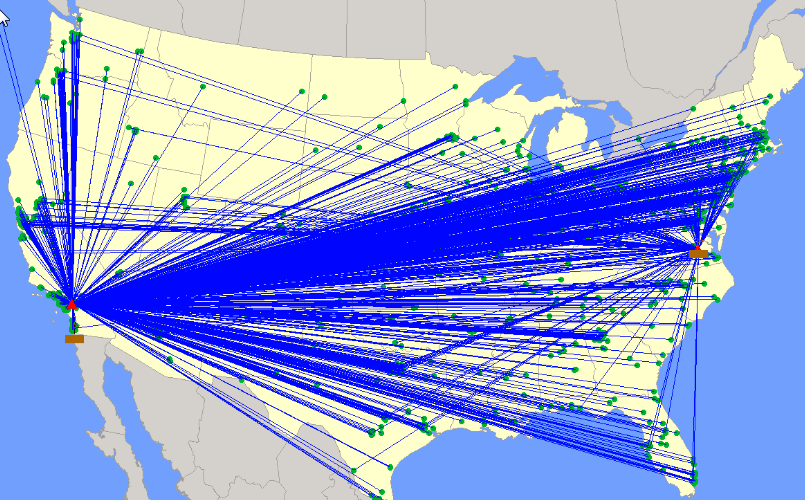In the summer of 2008, Miller and Coors merged US operations to become MillerCoors.
When two firms merge, they can often find savings by combining their supply chains. This means sharing suppliers, plants, and distribution centers.
MillerCoors reported on their supply chain savings in their quarterly earnings announcements.
For example, in a May 2010 letter, they announced that they were on track for $750 million in synergies (with network design an important part of this). Specifically around network design, they mentioned:
“Supply chain integration continues to proceed on schedule. The brewery optimization project is nearing completion, as product moves are more than 90 percent complete.”
By the November 2010 letter, they mentioned:
“In the third quarter, MillerCoors successfully completed initial product transitions within its national brewery network. The company will continue to focus on further network optimization through peak/non-peak season sourcing changes, as well as opportunities for increased efficiencies. “
By the November letter, it is interesting that they mentioned that they would continue to their network optimization work to look at different strategies for different times of the year.

